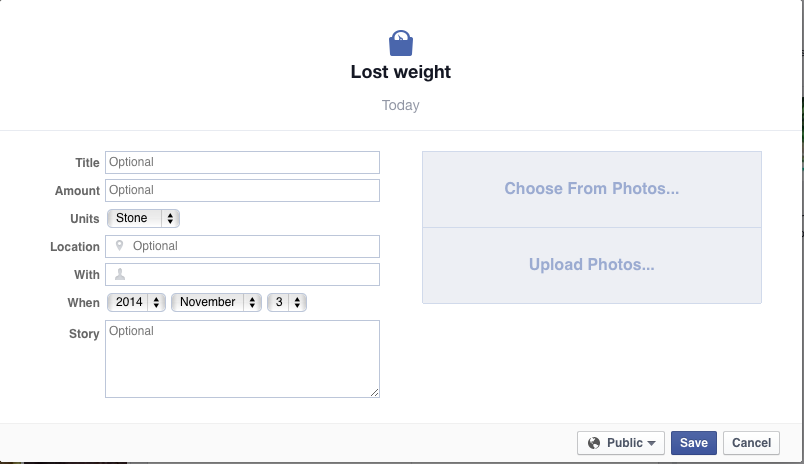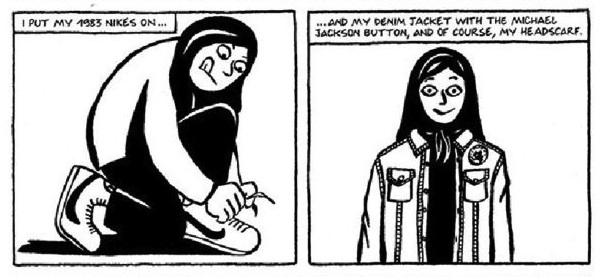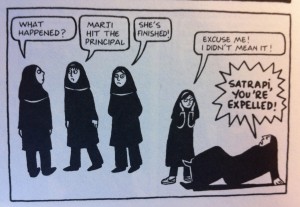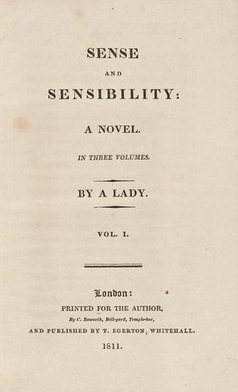On Wednesday, our CAP Global Citizens class attended the film screening of “Where Are We in the World?”, as a part of a week long series of events for Rule Out Racism Week that is organized by the Equity and Inclusion Office at UBC. We watched two short films featuring Vancouver’s Chinatown and the Komagata Maru incident of 1914, and both films depict how these ignored and hidden histories has shaped the identity of the city of Vancouver.
The first film in this series is called “Who Welcomes Immigrants to this Land?”, and one thing that really struck me is learning that the Komagata Maru incident and aboriginal residential schools were not taught in Canadian schools, and that only very recently has the Canadian government apologised for the incident. It is clear that there is a lack of recognition of this important part of Canadian history among Canadians. The second film “Chinatown- In the Making of Vancouver” was about the struggles in Vancouver’s Chinatown. This film highlights the issues of discrimination and racism that Chinese immigrants faced in the 1960s. The government’s early action in excluding Chinese immigrants, as well as the current gentrification process and construction of high-rises in the area, both contribute to Chinatown’s loss of its distinctive identity. Both films bring attention to the government’s effort in erasing the histories and the issues of losing of these unique cultures of the marginalized groups in Vancouver.
I approached these two films by relating them to Rodney Carter’s article “Of Things Said and Unsaid: Power, Archival Silences, and Power in Silence”, in which he explores the power relations in archives. Carter notes that institutions and states have enormous power in controlling who is being included in these acts of remembering. In a similar way, these two films are showing the power that the Canadian government possess in further marginalizing these groups by not only imposing laws and regulations against them, but also silencing them by disregarding these problems. As Carter mentions when a group is facing silence, it becomes “difficult for the group to tell its own story, [and] to write its own history”, and without these stories, “the possibility of gaining and maintaining knowledge over time is severely compromised” (221). As a result, the Canadian government actions have prevented these groups in trying to find their place in society, and exacerbate their struggle in connecting with their heritage. It is useful in looking at this concept of power relations on a local scale, and I also really appreciate this series of films as a community based, bottom-up approach in communicating these larger social issues that are often overlooked by the public to the Vancouver population.
—
Work Cited
Carter, Rodney G.S. “Of Things Said and Unsaid: Power, Archival Silences, and Power in Silence.” Archivaria 61 (2006): 215-33. Web. 19 Mar 2015
UBC. “Where Are We in the World? – Who Welcomes Immigrants to this Land?” Online video clip. YouTube. YouTube, 18 Mar. 2015. Web. 19 Mar. 2015.
UBC. “Where Are We in the World? – Chinatown- In the Making of Vancouver” Online video clip. YouTube. YouTube, 18 Mar. 2015. Web. 19 Mar. 2015.








